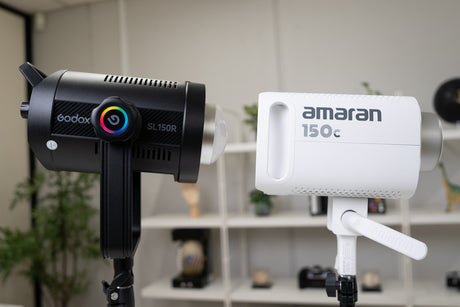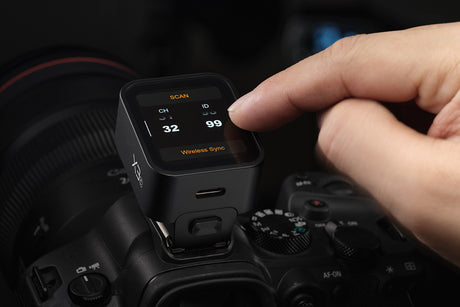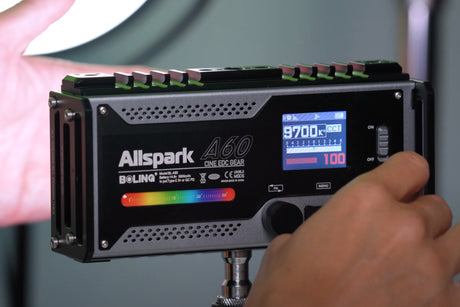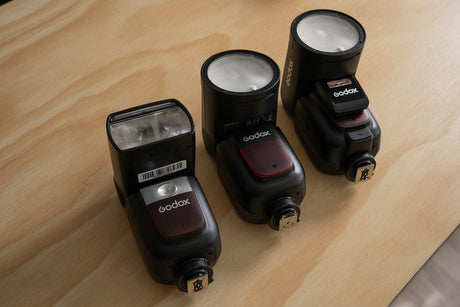Photojournalism is an interesting and unique branch of photography that might have sparked the interests of many amateur photographers. So for the budding photojournalists, an understanding of its basic concepts is necessary. It is, after all, so much more than just taking great photos.
Photojournalism vs Photography
Photojournalism is different in a lot of aspects from photography. To put it briefly, they serve different purposes. In photography, the objective is to represent an object through the image projected on the picture. Photojournalism on the other hand, aims to communicate and share a story to the viewer. They say a picture is worth a thousand words. Nothing can be truer when it comes to photojournalism. They may show events like a sports affair, a fire, or an award ceremony. Whatever it is the picture is trying to show, the important thing is that it is able to relate the story to the viewer even before reading the article.
Photography for Beginners: Analysing News Photos
Before we begin shooting photos like photojournalists, a good way to understand the field better is by analysing photojournalism images.
Perhaps you have seen the image of a fireman cradling a dead baby during the aftermath of the April 1995 Oklahoma City bombing, a photo taken by Charles Porter. At a glance, even without the caption, one can easily grasp and internalize not only the horror brought about by the bombing, but also the compassion and care that came from the emergency crew. A complex and saddening story was effectively captured by that scene. Without using words, it was able to stir up emotions beyond what a dramatic news story can stir up.
Apart from seeing how effective photojournalism can be in evoking human emotions, a nice and important thing to note about that photo is the fact that Charles Porter is not actually a professional photojournalist. It just goes to show that you don’t have to be a pro to be an effective photojournalist. Amateur photographers possess the skills necessary to master photojournalism.
Photojournalism, of course, is not just about capturing dramatic, depressing, or tragic events such as the Oklahoma bombing. The important thing is that whatever the subject is, photojournalists, beginners and professionals alike, have to adhere to this basic principle of photojournalism: the picture must tell a story.
Basic Photojournalism: Faces
If there’s one word that can illustrate what’s essential in basic photojournalism, that would be “faces”. People’s faces are a must for photo editors. A key part of a photo that will be able to tell the story and evoke emotions are the people’s facial expressions. A rule of thumb here is to never shoot a scene without showing some faces.
The Ethics of Photojournalism
Amateur photographers taking artistic or glamour shots can easily produce an ideal photo of the subject by simply moving objects here and there or cropping unwanted items out of the picture very conveniently using computer programs. For photojournalists, however, manipulating the events in the photo in such a way is not what is considered ethical. Ethics binds the photographer to put in the photograph exactly how the events happen and make it reflect reality. Moving items and re-staging events is a big no no as it will ruin the viewers’ trust. Any doctored photograph will damage the reputation of both the photojournalist and the publications that circulate the picture.
Basic Photojournalism Responsibilities
A photojournalist’s job is not that simple. Surely, narrating a story through photos is already a big enough responsibility, but photojournalists are also in charge of a number of other tasks, including brainstorming new ideas with journalists, consulting with photo editors, editing photos, scheduling photo sessions, and writing the photo caption. True enough, many photojournalists would consider themselves to be on call for the job 24/7. Police and emergency vehicle scanners are some of the common pieces of equipment they would find handy in order to keep track of and respond to the latest newsworthy events – things they wouldn’t dare to miss.
Breaking into Photojournalism
As shown in this article, gripping news pictures can be taken by amateurs. However, if one wants to break into the field, it is still best to get formal training. There are many colleges that offer four year photojournalism courses that include journalism ethics and legal issues in their curriculum. That is in addition to the basic photojournalism techniques they teach.
Beginners can intern in newspaper and magazine publications that will offer a good background of the field. Getting there might be fiercely competitive though with the number of photojournalism students wanting to get the valuable exposure and experience. Those who have mastered basic photojournalism techniques are usually given first consideration.
For beginners, getting there might be light years away from where you are right now, when you’re just starting to take the road of photojournalism. It’s going to be an exciting ride, for sure. But no matter what stage you’re in in terms of fulfilling your dream of becoming a photojournalist, it is important to always keep the understanding of what basic photojournalism is all about – honestly sharing a story through a visual medium.










